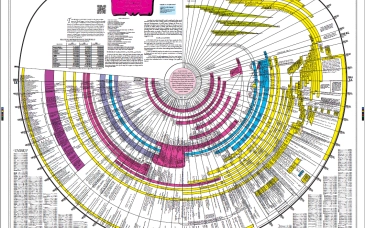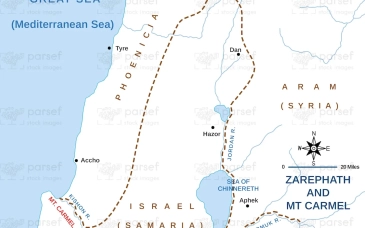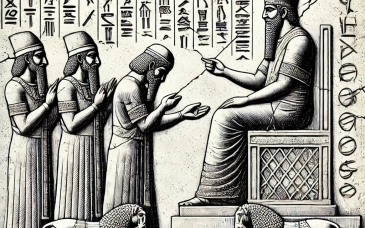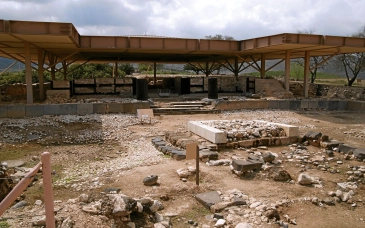Among the collected bones in a stone ossuary in a Jerusalem burial cave dated to the late Second Temple period (first century BCE - first century CE), a unique find was made - a small piece of wood with an attached heelbone fragment. The bones in the ossuary were identified as those of a young man aged 24-28, whose name was scratched on the ossuary: Yehohanan ben Hagkol. This heelbone, the only known archaeological evidence of crucifixion in the Roman world, is of particular significance, as it dates to the same time span as the most famous cruxifixion of all - that of Jesus of Nazareth by the Roman authorities.










